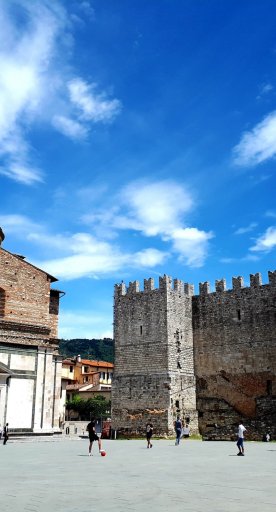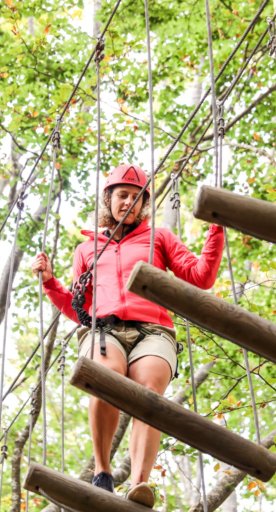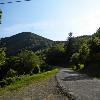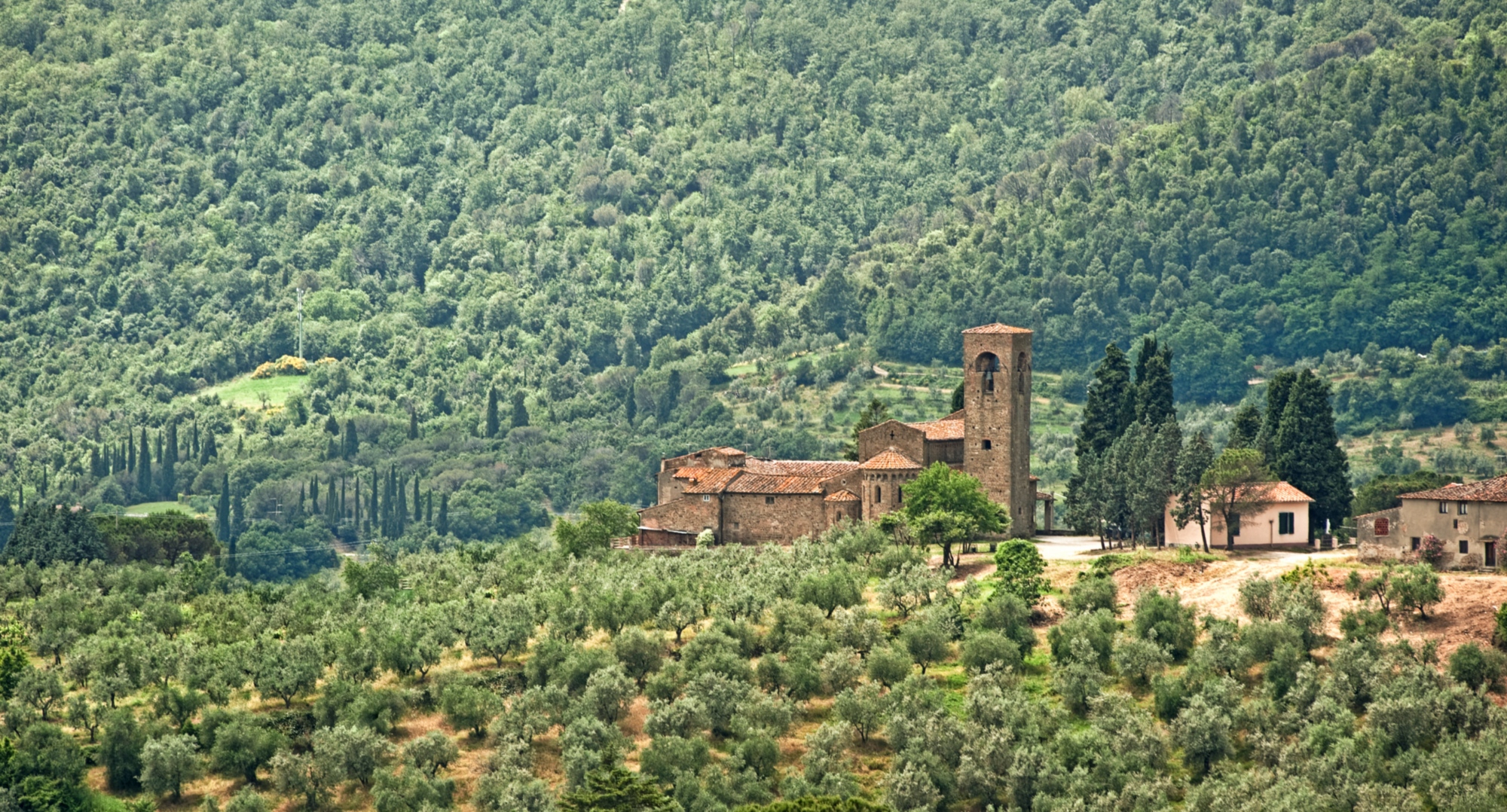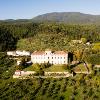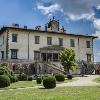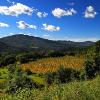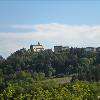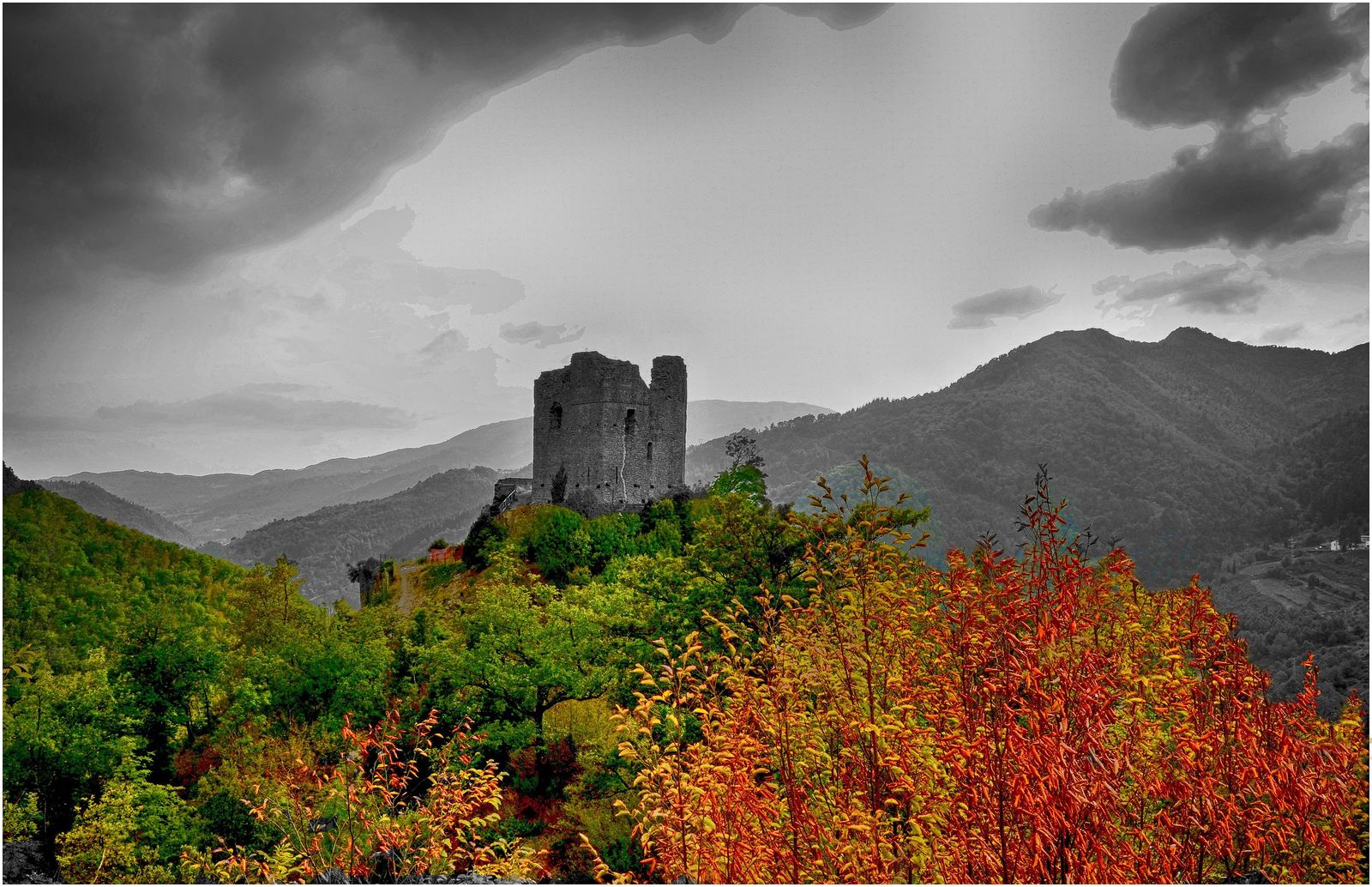In the village of Usella the Museo Materia – Museo dell’Arte Tintoria, delle Energie Rinnovabili e dell’Ambiente (Museum of the Art of Dyeing, Renewable Energy and the Environment) has been opened, set up for the purpose of instilling environmental awareness and to communicate in an innovative way the art, history and technology that has developed over the years in the textile world of the Bisenzio Valley and the Area around Prato in general. Water is the protagonist of this museum, housed in a structure that has been used since the Middle Ages for productive purposes, alternately as a mill, gualchiera (a pre-industrial machinery), ironworks, branch mill, dyehouse, hydroelectric plant.
Usella is also home to one of the oldest churches in the valley, already documented in the year 997: the church of San Lorenzo.
Between Usella and Carmignanello, not easily reached, is the fascinating (and bumpy) 12th-century Rocca di Cerbaia (Fortress of Cerbaia), over which hovers the legend of the failure to welcome Dante Alighieri who was running away from Florence in 1285. Also notable, again in Cerbaia, is the ancient bridge, the oldest crossing still standing over the river Bisenzio.
In the territory of Cantagallo is located the Riserva Naturale Acquerino Cantagallo (Acquerino Cantagallo Nature Reserve), which includes large woods consisting mainly of beech and chestnut forests, alternating with meadows or pastures, where it is easy to spot herds of deer. The Reserve is home to a number of monumental trees: the Vespaio Chestnut Tree, the Turkey Tree of Poggio Tondatoio, the Holly of Luogomano, and the Beech of Luogomano, a huge tree about 300 years old, formed by two stems grown together, one of which collapsed in 2013.









